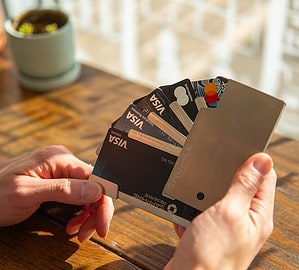Before the internet, companies could store sensitive information in locked up cabinets or in a vault beneath their building. As long as there was no breach of personal and corporate security systems, the data remained secure. Currently, the internet has enabled cloud storage and free file sharing solutions such as Google Drive and Dropbox. While these services are effective and inexpensive, there are concerns over their security, limited functionality, and control. As such, most companies still consider virtual data rooms to be more relevant.
A data room provides companies with an online data repository and allows them to share data with clients and business partners from within a controllable environment. Shared drives, on the other hand, enable businesses to create and share files from anywhere in the world and can automatically sync across all devices used by the company. The company can allow several users to access and edit files, but with limited control over anything else. Companies should understand the differences between the two before settling on the one to use. Read on to discover the difference between a data room and a shared drive.

1.Security Features. When it comes to security, data rooms target businesses while file sharing is more targeted towards personal use. Both options give you instant access to data, offer one-click, version control, and restricted sharing. However, data rooms provide more security features compared to shared drives. Some of the security features that you will find in data rooms and not shared drives include; user-based permissions, audit trail, complex passwords, two-factor authentication, and consumer agreements. Other features within data rooms include file locking, file approvals, and controlled external file sharing.
2.Sharing and Collaboration Features. While both options function as online file-sharing platforms, data rooms have increased file sharing security. Both data rooms and shared drives make it easy for you to create and share files within the system. You can share your data using a link or direct-share. Links allow anyone with the link to access that information. With direct-share, only specified users to access the information. In file-sharing, you can give users complete control and allow them to edit the document. You can also set view-only or file options that will enable people to access, but not edit the file. The primary difference here is the security and added functionality of the two. For instance, data rooms give additional room for Q&A functionality. Data rooms also have secure link sharing.
3.Application. The ideal types of files to store varies. For data rooms, you can securely store documents such as; financial statements, legal materials, contracts, insurance information, corporate books, and government compliance documents. In contrast, the types of files to store with shared drives include; images, memos, meeting minutes, marketing proposals, and presentations. Data rooms allow you to notify others of any amendments made to files that they are following. Data rooms are ideal for companies that want to monitor how and when their files are accessed.
4.Control. Third-party vendors run both data rooms and shared drives. However, data rooms provide the administrator with much more control. These controls include; giving access on a file-by-file basis, insight on changes made to documents, and white label customization. File sharing drives such as Google drive limit administrator’s control to file sharing and access permissions.
5.Usability and Interface. Shared drives may seem like the easiest solution for business because most people interact with them on a personal level. However, data rooms are built for both your employees and customers who need to navigate through it. Data rooms provide a professional interface that clients can use to navigate through their sensitive information. Data rooms have an interface design that shows clients a high level of security you have in your business. You also do not have to worry about going through several folders to find your information. You can use the search function of data rooms to find your files easily.
6.Storage. Shared drives such as Dropbox allow you to purchase as much space as you wish. As such, you can have limitless storage space with shared drives compared to data rooms.
When comparing data rooms and shared drives, consider the type and sensitivity of data, you want to store and share. Shared drives are excellent for storing photos and sharing them with family and friends. Students can also use it to collaborate on an essay. However, if you want to keep and share sensitive company files, consider using a virtual data room. Visit https://www.firmex.com/for the most trusted virtual rooms.



